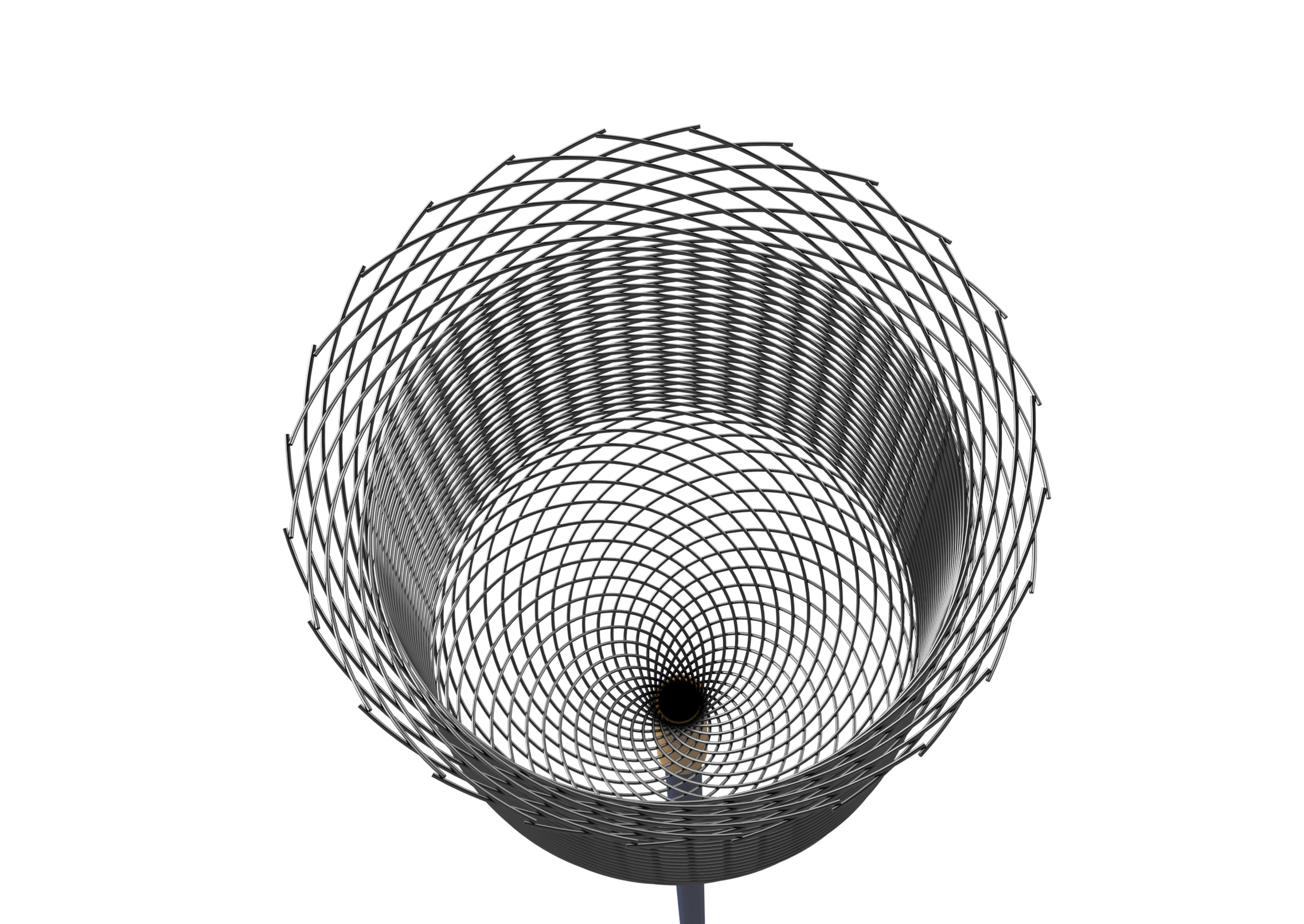Welcome to
Gorman-Gillespe Structural Heart
Since the founding of the National Institutes of Health in 1948, the Gorman-Gillespie Structural Heart Group has had the distinction of being the longest and most highly funded research laboratory administered by cardiac surgeons and cardiologists focused on structural heart disease. Our team is responsible for numerous seminal contributions to cardiac care including, saddle-shaped annuloplasty rings, catheter-based heart valves, biomaterial approaches to prevent heart failure, cardiovascular imaging, preoperative risk stratification, and personalized cardiac interventional care.
Gorman-Gillespie Structural Heart (G3Heart) is a team of cardiovascular surgeons, interventional cardiologists, engineers, imaging scientists, and animal care professionals focused on developing improved, less invasive treatments for structural heart disease. Our team is lead by surgeon-engineers Robert C. Gorman, MD, and Joseph H. Gorman, III, MD, and interventional cardiologist Matthew J. Gillespie, MD.
Over the last 20 years, the Gorman-Gillespie Structural Heart has been awarded over $75 million from the NIH, AHA, and other organizations to support its research efforts and technical innovation
Gorman-Gillespie Structural Heart is actively developing new treatments for these diseases/clinical problems:
Valvular Heart Disease
Complications of Myocardial Infarction
Heart Failure
Congenital Heart Disease
Catheter-Based Technologies for Structural Heart Disease
Transcatheter Bail-Out Technologies
Advanced Cardiovascular Imaging Techniques, Creatives Material Science Technology, and State-of-the-Art Large Animal Models are integral to all our projects.
Research Highlight
G3Heart Start-up, Onocor, LLC, recently received a $3.2 million STTR grant to complete the commercialization of the “Ono”, which is a catheter-based system that allows for the retrieval of misplaced/malpositioned endovascular devices. The Ono will increase patient safety and allow less-experienced operators to more confidently treat patients with a rapidly expanding number of increasingly complex endovascular devices







